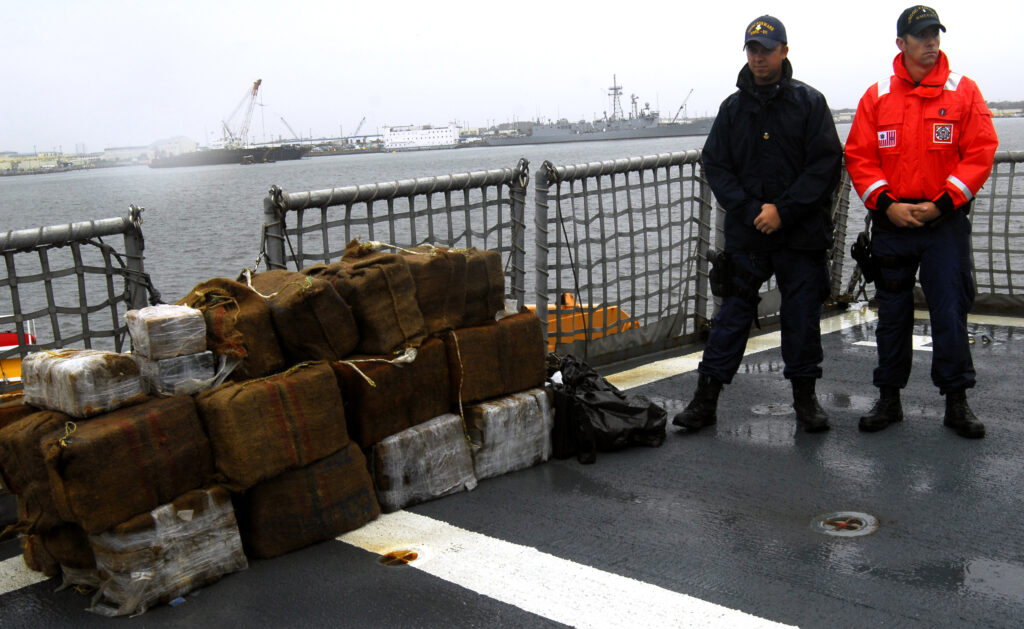
As late as the 1870s only 10% of the African Continent was colonized. Less than 30 years later, the “Scramble for Africa” had rendered 90% of the continent under the control of European powers. This race to conquer the continent was not simply motivated by European politics; it was also motivated by genuine economic interests to find new markets and resources as a result of the 2nd Industrial Revolution. In the 21st century, land-conquering colonization is over, but we see that globalization and an increased appetite for resources is driving a second “Scramble for Africa”—accomplished not by the power of the colonizer’s gun but by the power of the land contract. As African states see freer trade and greater integration with the world economy, they are also opening up to economic exploitation and dependence: a story of modern colonization.
In 2008, record high commodity prices sent shockwaves through the global economy. Between 2006 and 2008 the price of rice rose by 217%, wheat by 136% and maize by 125%. While prices have since subsided, many countries in the developed world have made it a national objective to improve food security in order to prevent a Malthusian crisis of high population and an unmet demand for food. This includes European countries, the wealthy gulf states of the Middle East (such as Saudi Arabia and the UAE) and East Asian states like China and South Korea. Africa – with 60% of the world’s uncultivated arable land – is a prime area to hedge against future commodity crises.
The most representative and notorious example of the “land grab” phenomenon involves the South Korean company Daewoo in Madagascar. The 2008 commodity crisis was a particularly acute warning sign for South Korea, which has a population of around 50 million people in an area one-fifth the size of California. Madagascar, on the other hand, has 2.5 million acres of arable land, and in 2008 Daewoo attempted to acquire 1.3 million acres to grow corn and other foodstuffs in return for a $6 billion investment in infrastructure and new jobs. With a 99-year lease, Daewoo was practically getting free land. The infrastructure would have been centered on farm and export operations (meaning it would generate a return on investment) and local jobs would easily be created in the process. However, many citizens felt that this deal handed over their country and livelihoods to an unaccountable foreign company. The project was cancelled when it incited anger and mass protests that led to an attempted coup (where the army sided with the president’s rival).
The large-scale Madagascan project failed due to a “Deus-ex-Machina” turn of events: a well-timed political storm that ended a seemingly inevitable project. However, we see that many projects by national agricultural companies are in fact going as planned all across the African continent. In North Sudan, South Korea and the UAE alone purchased 1.4 million hectares of land for wheat cultivation. In the Democratic Republic of the Congo, China acquired 1 million hectares of land for biofuel and palm oil production, paid through investments in infrastructure and business. One estimate posits that the total area of reported land transactions stands at 50.1 million hectares.
Global population is expected to approach 9.6 billion by 2050, which would inevitably result in upward pressure on food prices. Developing unused arable land is significantly cheaper than developing new technology to increase yields on already tilled land. Countries are hoping to take advantage of rising food prices, and are buying in advance.
For poor African countries, the investment opportunity that a land acquisition contract provides is immensely lucrative. Often these countries are too willing to rush into deals, giving up massive tracts of land for remarkably low sums of money. Government officials, thinking in the short term and often with personal gain in mind, see the selling of undeveloped, “worthless” land for any price as a good deal. This is unfortunately acutely similar to Native Americans selling Manhattan Island for purportedly 60 guilders worth of trade items ($24 in the present day).
In these land deals, the food product and investments are designed for the long-term purpose of export, with the resultant income largely going to a foreign entity. Some projects start right away, although many other investors are waiting for prices to rise before breaking ground. One that has already begun is the massive 10,000 hectare Saudi Arabian rice plantation in Gambella, Ethiopia. It produces thousands of tons of rice sent straight to Saudi Arabia, contributing nothing to the local Ethiopian diet. Given Africa’s dire food insecurity, this is unfortunately ironic. Furthermore, the two dominant ethnic groups in the area (the Anuaks and the Nuers, who have long depended on a pastoralism) have been forced to relocate and change their traditional lifestyle with minimal compensation from the government. Additionally, the lack of environmental regulation and oversight along with relaxed land-use conditions assure that companies have free reign over how they use the land. For example, in countries like Liberia, companies have clear-cut vast acres of trees to grow palm oil.
In principle, African countries should have the upper hand when it comes to contractual land deals. Africa’s arable land is a jewel that can be leveraged so that investors have a greater stake in developing the local area beyond simply exploiting the land for agricultural export. This could include stipulating that companies dedicate a portion of the land leased to them for local agriculture and the domestic market, with consideration for traditional practices and the agricultural patterns of local farmers. Completely industrialized farming would displace multitudes of farmers and destroy local knowledge of sustainable farming practices, making this a crucial stipulation. Finally, environmental concerns could be met by clauses that at the very least require a company’s responsibility for environmental cleanup or replanting of trees. With high demand for African land, governments are well positioned to impose such conditions.
Beyond simply domestic action, the African continent needs a united front. One country simply developing stronger regulation and scrutiny of land contracts would be meaningless its neighbors can be exploited. By utilizing organizations such as the African Union in tandem with the World Bank, which specializes in development, countries should create a framework setting norms and customs for countries and corporations to avoid one-sided contracts and land deals that disenfranchise the inhabitants. The UN’s 1962 Resolution 1803 recognizes the importance of protecting the sovereignty of local inhabitants and their resources (including land), but the world still needs to make significant improvement in recognizing the rights of indigenous and local farmers who live and till on land that is not clearly defined by property rights.
For Africa, the 21st century will be a story of development. Whether that development will be able to bring about improvement in the average citizens’ livelihood is directly related to the use of and investment in land. Desires to achieve quick development and to satisfy short term economic desires will lead to inequality and disenfranchisement. With a long-term vision and the local population in mind, African governments have the ability to channel foreign demand for land and food production in ways that benefit the country, potentially making the second scramble for Africa a positive story in economic development.
The views expressed by the author do not necessarily reflect those of the Glimpse from the Globe staff, editors or governors.








